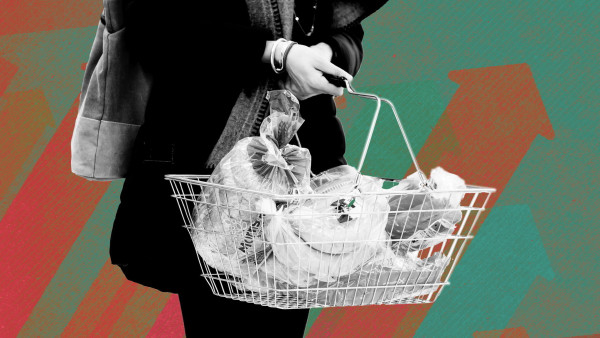Marking a sea change in post World War II policies, Germany approved a huge increase in military spending, Nato membership expanded in Europe and Japan approved a doubling of its defence budget from 1 per cent to 2 per cent GDP.
Pulling this altogether you can see a progression from moderate and cyclical inflation shocks in 2020 to much larger, interconnected and more persistent shocks from 2021 onwards.
Set to last?
The big question for investors is, are we going to back to a 2 per cent inflation world? Well so far this seems much less likely than it did three years ago though recent trends suggest many of the drivers of the inflation surge are fading or even reversing.

Investors should be prepared to war game portfolios.
The first phase of the inflation shocks is over. Demand dropped as rising rates and higher costs led businesses and consumers to spend less. Supply of goods increased as shipping bottlenecks were cleared and production rebounded with the removal of lockdowns starting in 2021.
The effects of the second phase are waning. The 2021 surge in demand for gas to plug holes in power generation has eased and renewable power generation is increasing as are moves to electrify transport.
The third phase remains problematic for the UK: a smaller workforce reduces how quickly the economy can grow before shortages cause inflation. It is possible this could change with adjustments to immigration policies and retirees re-entering the workforce.
Right now all the evidence is that a smaller workforce has improved the bargaining power of labour, as reflected in wage growth and widespread strikes, especially for lower paid public sector workers.
The fourth phase is still in play. Russian military aggression is actively stoking inflation by reducing critical commodity supplies. Global gas demand has not gone down and it will not until renewables can generate a much larger amount of electricity, so this remains an ongoing potential source of energy price inflation.

The complexity means there is a high level of uncertainty and forecasts should not be relied upon.
The situation with food is more complex as it depends on how the war in Ukraine plays out, the effects of climate change and how quickly farmers switch production to higher priced commodities. High prices are already stimulating changes in diets as cheaper substitutes are sought.
Supply chain impacts are longer term in nature and the year-on-year impacts are harder to assess. Higher military spending is here to stay and we are arguably at the early rather than late stages given very recent shifts in policies. This remains inflationary given the resource and capital intensive nature of the spending.
Investing through it all
So what does this all mean for your investment strategy?











